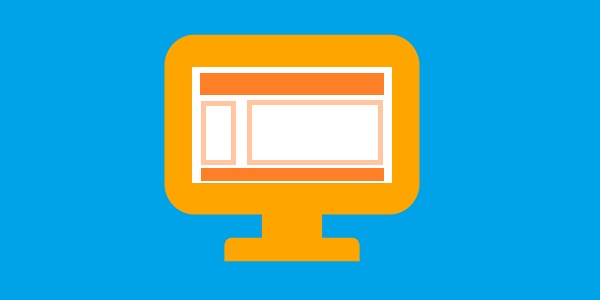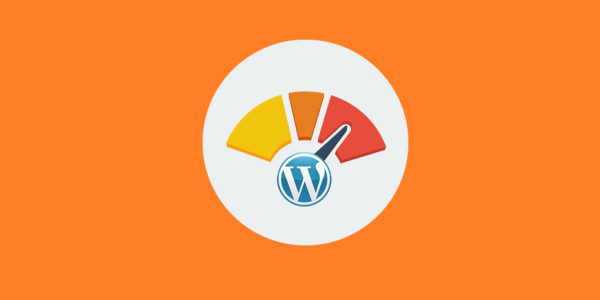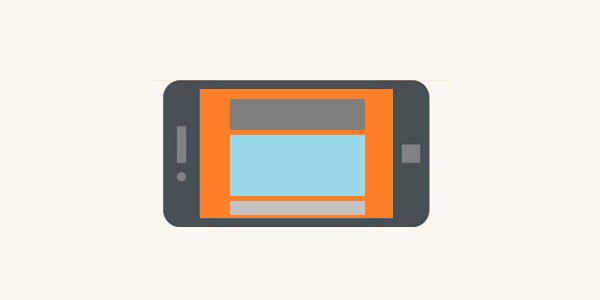Engaging a user towards a website is one of the critical tasks that require a lot of time, effort and technique. When it comes to creating a WordPress site, the first thing you need to consider is its user-friendly design.
UX design is the process of boosting customer satisfaction by enhancing the usability and accessibility of a website. If you want web audience to visit your site and stay there for longer periods, then you need to provide them the soothing and enhanced user-experience.
A poor web design would turn away your visitors from your website. In fact, no one will acknowledge your unique concept, your products, and services if they don’t find anything interesting at first sight. Therefore, it is essential for every web designer or webmaster to prioritize user experience while designing a top-notch site.
However, incorporating your WP site with enhanced user experience (UX) is not as difficult as you think. There are some simple ways that you need to follow to boost user experience on your WordPress site.
Here, in this post, we bring you the 5 easy-to-follow tips that will improve user experience of your WordPress site and increase your conversion rates.
1. Use a Clean, Crisp and Simple Design
Design of a website is a crucial factor that determines its success for a long run. However, most of the people go with the complicated web design to try something innovative. But if you keep the look and feel of your site simple, clean and crisp, then it will give a soothing experience to your visitors.
When someone browses your site, they want to see something useful and unique in the most convenient way. If they see a flaunting web design and find nothing interesting on your site, then they would leave your site and never come back. This is the most worrying situation!
Tip: Always try to use a simple and clean WordPress theme that can give you various customization options and unique features. Format your site with proper sub-headings, lists and bullets, and embed neat and clean typography.
2. Improve the performance (speed) of your site
The performance of a website plays a critical role in driving the attention of the potential visitors towards your site. You may lose your visitors if your site doesn’t load within a couple of seconds. Obviously, nobody wants to visit a slow loading site as it takes ages to load images, videos or other content of a site. This not only sucks the user experience but also leaves a bad impact on your site.
Tip: You can follow some simple tips to make your site faster. You can use a good and reliable hosting service, or a content delivery network service (CDN).
It is always a better option to use a caching plugin that optimizes your site, installed theme, images, coding and other content for speed. You can also delete the unused plugins from your site to improve the speed of your site.
3. Build an Easy and Quick Navigation System
The navigation system of your website is just like a street sign on a road. You can’t reach your desired destination without knowing where you are located now. If a user visits your site and encounters difficulty in finding the relevant information, then he/she would leave your site immediately.
So, the navigation in web design is an important element that determines the usability and accessibility of a website. Thus, it is necessary to create a simple and user-friendly navigation system.
Tip: Add easy-to-use navigation bar on your site. Create a categories list within the sidebar, embed a robust search box and don’t forget to include the Breadcrumbs. Allow your visitors to find the desired content or information of your site quickly and easily.
4. Make Social Sharing a Simple Process
In the current scenario, social media platforms are playing a compelling role in promoting and marketing online businesses or websites. In fact, web viewers love social media. They follow like, share, tweet or +1 icons. So, it will be good to influence them to do the same thing on your website.
Tip: You can make the social sharing icons visible and always try to place them in an expected area of your site. You can place them either in the header space or near the navigation bar. You can also put them in the sidebar, or at the top or bottom of posts.
5. Use of Mobile-friendly design
Today, a large portion of web audiences are making the use of their mobile devices to browse the internet. So, it becomes imperative for a web designer to design a mobile-friendly site if they want to boost their site’s ranking on search engine platforms like Google.
It is essential to design a site that looks appealing and usable on both the desktop computers and advanced mobile devices. By doing so, you will give a rich experience to both your desktop viewers and mobile viewers.
Tip: Use a highly-responsive theme to create a mobile-friendly design. With these themes, you can create a site that can run smoothly on different devices and screen sizes. They will allow your visitors to scroll up or down, or navigate from page to page quickly and easily, without disturbing the experience of desktop version
Conclusion
These are some of the great and simple UX (User Experience) tips that you can follow to give your visitors a fantastic and enhanced user experience on your website. You can build an engaging and intriguing websites, along with simple navigation menu, responsive layouts, social media integration and other features to encourage visitors to stay on your site for a longer.
Author Bio: Lucy Barret is an experienced WordPress developer for a leading HTML to WordPress Conversion Company, HireWPGeeks Ltd. She is also a blogger and loves to write creative article especially on WordPress. You can even follow her company, HireWPGeeks on Facebook.




